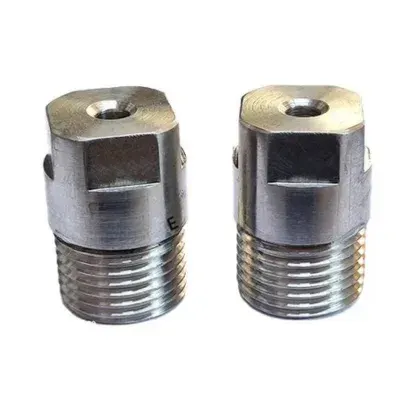In gas scrubbing, droplet size and speed affect efficiency. Very fine droplets improve absorption but may miss coverage, so a balance is needed. Twisting nozzles provide this by producing both fine and larger drops for full spray reach.
Different nozzle options are available based on the gas flow rate and cooling requirements. For gas extinguish applications, the TF twisting nozzles with a wide range of spray points and flow rates are suitable. The P range of misting nozzles is a good option for low flow rate applications, while the SA range of high flow rate air atomizing nozzles is ideal for mid-sized gas cooling applications that require rapid liquid evaporation.
Gas scrubbing requires different nozzles based on application. Full cone nozzles are used in venturi scrubbers for high atomization, while hollow cone nozzles suit wet scrubbers for better gas–liquid contact. The right choice depends on gas type, atomization needs, flow rate, and equipment, so expert consultation is essential.

